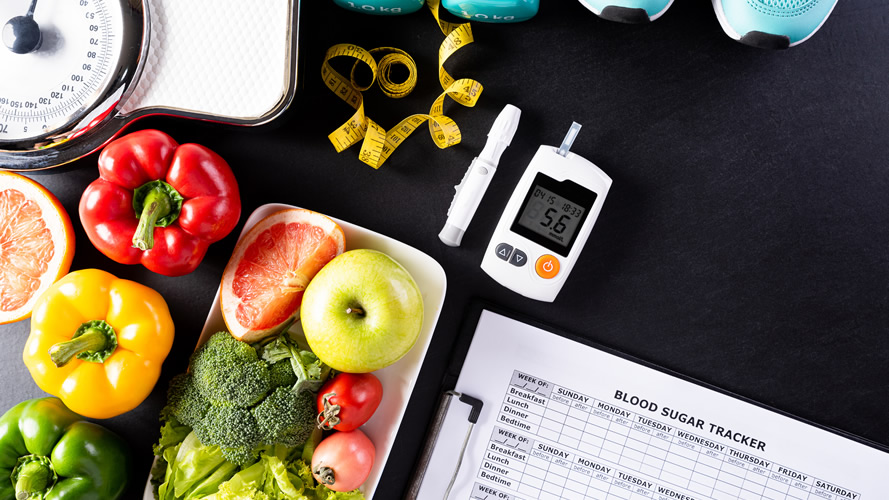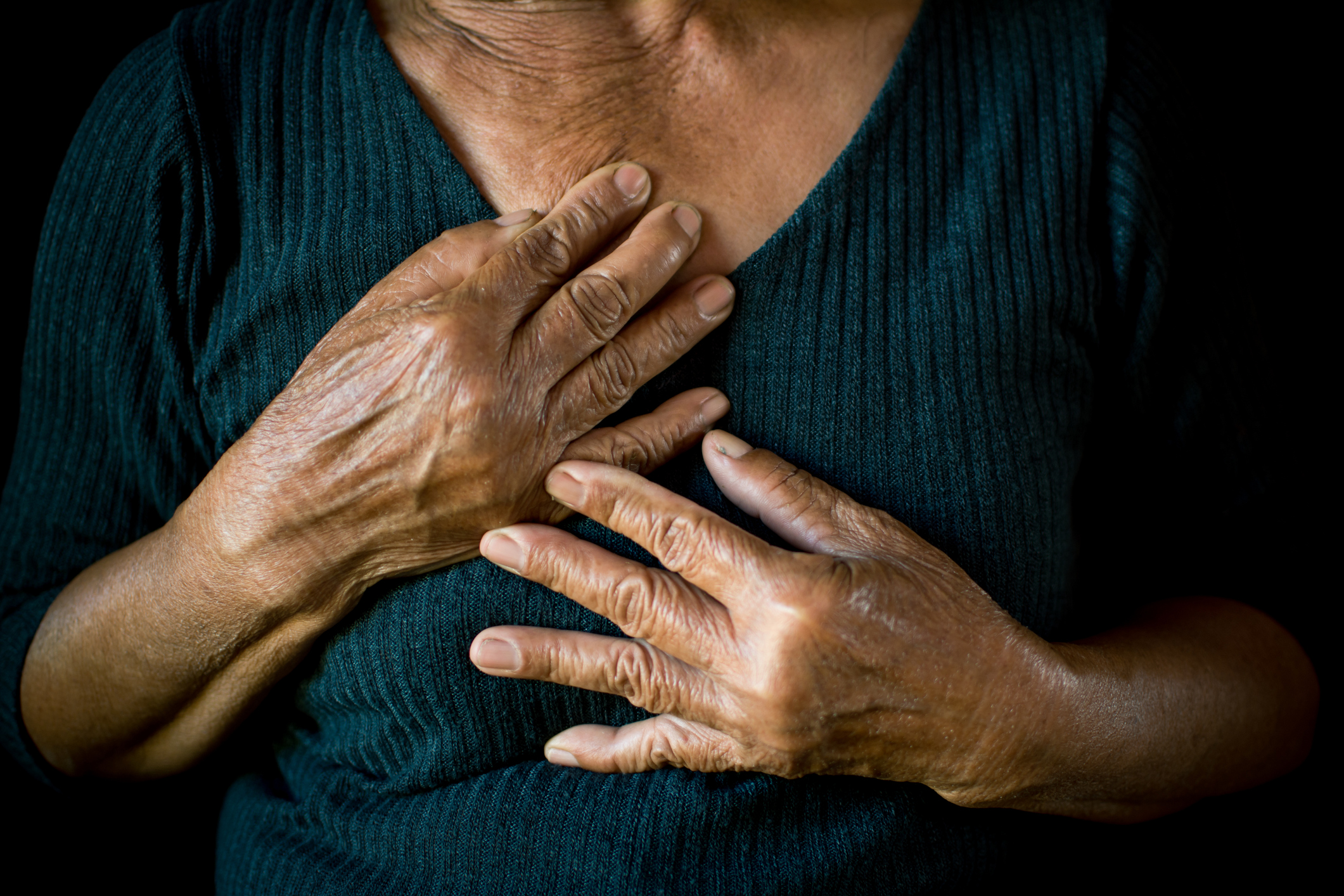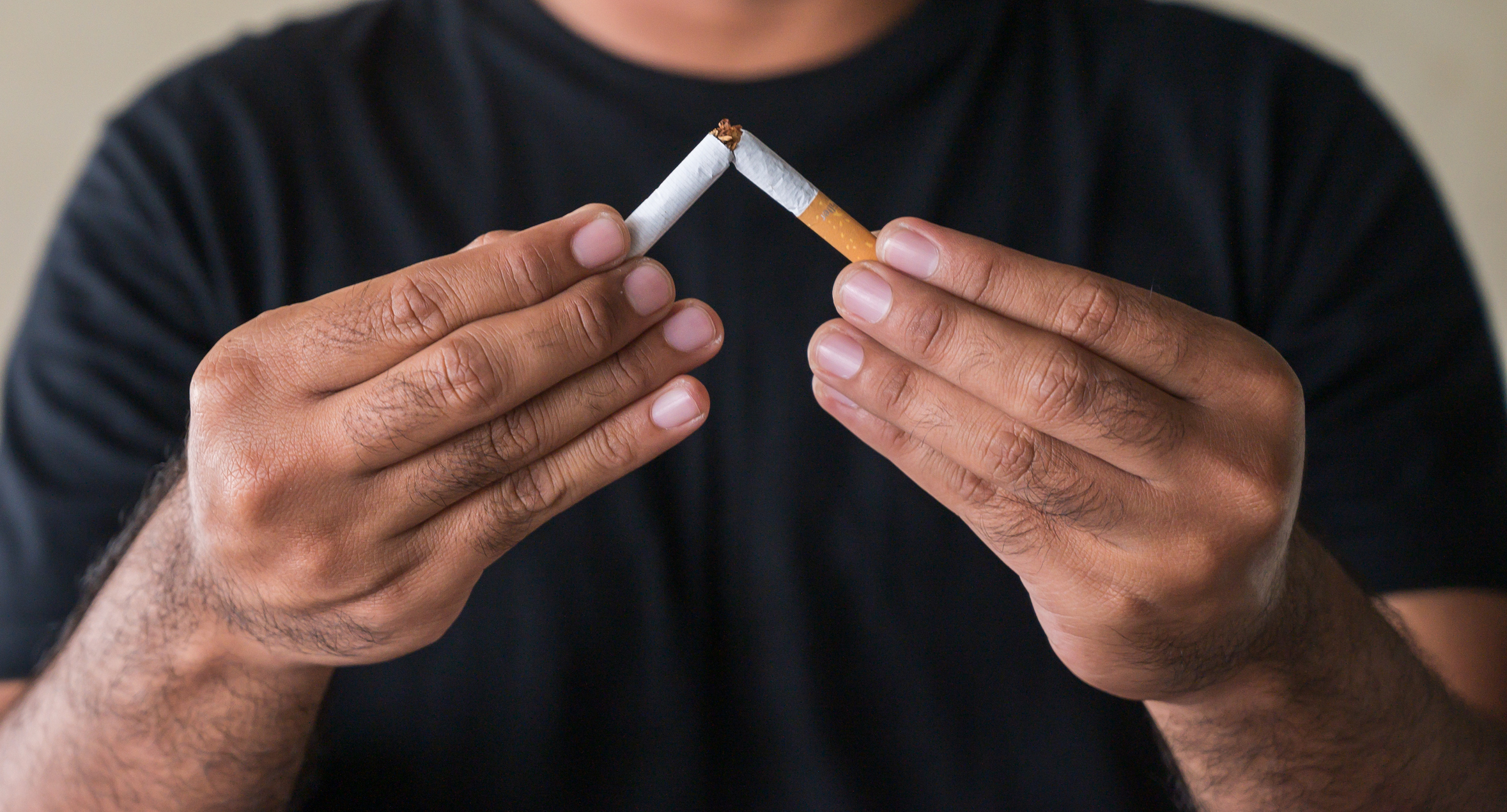Diabetes refers to a group of diseases that affect how your body uses blood glucose (sugar). If you have diabetes, it means you have too much sugar in your blood. It is caused by a lack of or low insulin. Insulin is a hormone made by the pancreas that controls the amount of sugar in the blood. More than 29 million Americans are living with diabetes, which is about one in every eleven people.
Diabetes can lead to serious health problems such as nerve damage, high blood pressure (which increases the chance of heart attack and stroke), kidney disease and eye problems, including blindness. It can even cause life-threatening health problems; that’s why we want to help you learn about diabetes, including how to prevent and control it if you develop it.
Are there different types of diabetes?
Yes, there are several types, including:
- Type 1 diabetes: Type 1 diabetes most often starts in childhood or teen years. With this type of diabetes, the body does not make any insulin. Type 1 diabetes cannot be prevented.
- Type 2 diabetes: This is the most common type. It can start at any age and can often be prevented. Type 2 diabetes happens when your body is not able to use the insulin it has made and/or it can’t make enough insulin.
- Prediabetes: This is a condition in which blood sugar levels are higher than normal, but not high enough to be called diabetes. It may be reversible, but if not found and treated early, it can lead to type 2 diabetes.
Are certain people more likely to develop diabetes?
Anyone can develop diabetes. However, the risk of having type 1 diabetes increases if you have a parent, sister or brother with it. You may have a higher chance of developing type 2 diabetes if you have these risk factors:
- Being overweight or obese.
- Eating an unhealthy diet.
- Not being physically active.
- Smoking.
What should you do if you have diabetes?
Get tested:
If you have diabetes, you need the following tests each year to make sure your diabetes is under control and has not caused harm to your body:
- HbA1c blood test: Checks the amount of sugar in your blood over the last few months.
- Urine test: Checks the amount of protein in your urine to find any kidney disease.
- Dilated eye exam: Checks for harm to your eyes.
Take charge of your health:
In recent years, many people with type 2 diabetes were able to reverse it by eating a low-carb, very-low-calorie diet and exercising. These “lifestyle changes” can help:
- Eat healthy foods that are low in sugar and simple carbohydrates (breads, rice, potatoes, etc.).
- Exercise often.
- Follow your doctor’s orders for taking your medicines and getting tested.
Sources:
Centers for Disease Control and Prevention – Basics About Diabetes
Centers for Disease Control and Prevention – 4 Steps to Manage Your Diabetes for Life
Diabetes.co.uk – The Global Diabetes Community







